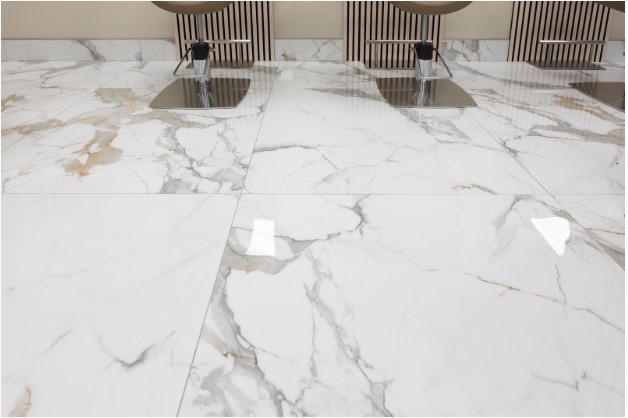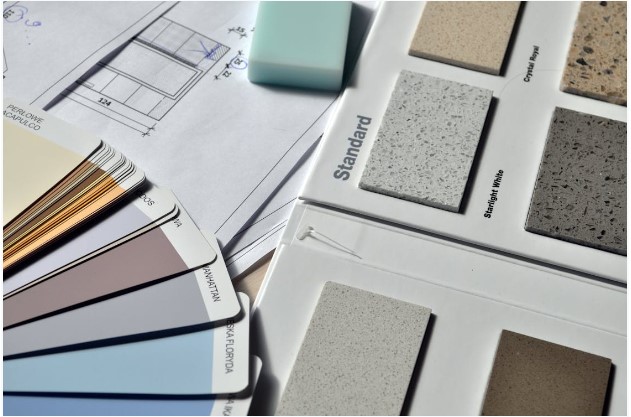When it comes to home improvement, flooring often serves as the foundation of your interior design. Choosing the right flooring is essential, as it affects both aesthetics and functionality. With the variety of options available, from hardwood to tile, it can be overwhelming to determine which type best suits your lifestyle and budget. This guide will help you navigate the key factors to consider, making the selection process less daunting.

Understanding Your Needs and Preferences
Before making any decisions, it’s vital to understand your specific needs and preferences. Different spaces in your home will have different requirements depending on their use and the foot traffic they experience. For instance, high-traffic areas like hallways and living rooms might benefit from more durable materials, while bedrooms could lean towards softer, more luxurious options. If you’re considering a garage makeover, a material that can withstand heavier use and potential impacts would be necessary. Additionally, think about your family situation and lifestyle habits. Do you have pets that might scratch the surface, or small children who may occasionally spill? Each of these considerations will influence your flooring choice significantly.
Evaluating Flooring Types
Once you have established your needs, it’s time to evaluate the various flooring types. A popular option is hardwood, which offers timeless elegance and durability, but it can be costly. Engineered hardwood provides a similar visual appeal at a lower price point and with better moisture resistance, making it ideal for areas prone to humidity. Laminate flooring is another budget-friendly alternative that mimics the look of hardwood or stone without the high cost. It is easy to install and maintain but can sometimes lack the warmth of natural wood and may not withstand moisture levels well. In contrast, vinyl flooring has gained popularity due to its resilience and versatility. Available in tiles and planks, luxurious vinyl can simulate high-end materials while providing water resistance—a significant advantage in kitchens and bathrooms. Additionally, tile flooring, specifically ceramic and porcelain, is known for its long-lasting durability and resistance to moisture, making it an excellent choice for bathrooms and kitchens, but it can be cold underfoot.
Assessing Cost and Installation
The cost of flooring can vary dramatically, so it’s essential to set a budget early in the process. Pricing depends on the type of flooring material, brand, and even location. Installation costs should also be taken into account. Some flooring types, like vinyl, are easier for a DIY installation, while others, like hardwood, may require professional help. It can be worth investing in professional installation if the flooring is complex or comes with warranty requirements that mandate it. Always ask the installer about their experience and references, ensuring you get a quality job completed.
Caring for Your New Floors
Once you’ve selected and installed your flooring, proper maintenance is vital to protecting your investment. Each flooring type comes with specific care guides to help you maintain its appearance and durability. For hardwood floors, regular sweeping and occasional polishing can extend their life, while laminate requires only a damp mop and specific cleaning solutions to avoid damage. Tile and vinyl are generally more resistant to moisture and dirt but still benefit from periodic deep cleaning to maintain their shine.
Considering Style and Aesthetics
The visual aspect of your flooring choice contributes significantly to your home’s overall atmosphere. From modern to traditional, flooring comes in various styles, colors, and patterns. Choosing a floor that complements your existing decor is crucial for achieving a cohesive look throughout the home. Additionally, consider how the flooring will interact with natural light and ambient conditions in your space. Lighter tones can make rooms feel more spacious, while darker shades can create a cozier atmosphere. Think about the other elements in your home such as furniture, walls, and fixtures to ensure harmony in your interior design.
Environmental Impact and Sustainability
In today’s eco-conscious world, the environmental impact of your flooring choice cannot be ignored. Many consumers are now considering sustainably sourced materials such as bamboo or reclaimed wood, which have less impact on deforestation. Look for certifications like the Forest Stewardship Council (FSC) label, which indicates responsible forest management. Furthermore, opting for low-VOC (volatile organic compounds) flooring materials can improve indoor air quality and contribute to a healthier home environment.

Choosing the right flooring for your home is undoubtedly a significant decision influenced by varying factors including budget, style, and functionality. By thoroughly assessing your needs and exploring the different materials available, you can find the perfect fit that enhances your living space while standing the test of time.






